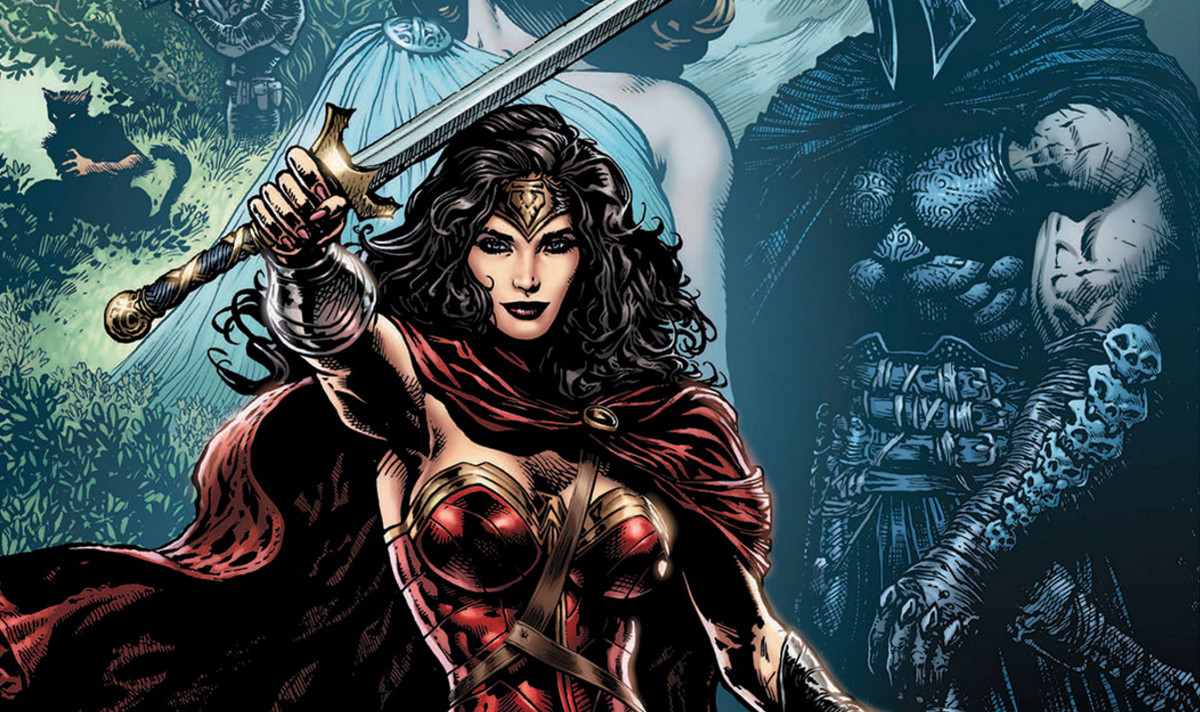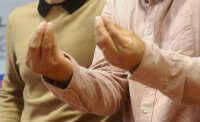Our human experience is fundamentally emotional, and emotions are fundamentally confusing. The stuff of imagination and subconscious life, emotions are primordial, which means not subject to the whims of logic or reason. From the standpoint of brain development, logic and reason are newcomers on the block. Accordingly, human history is the record of how well our emotions and reason have, or have not, found a way to work together.
Mythology, both ancient or modern, places humanity and nature within a narrative, symbolic framework in an attempt to resolve the inherent confusion of being human. Mythology employs personified archetypes representing emotional and sensory experiences and in this way populates a narrative which establishes reasons about how society should function. By reconciling emotion and reason, society can better manage affairs between people.
Ancient mythology, be it Greek, Egyptian or Tibetan, is populated by vast families of personified entities analogous to our vast range of emotional and sensory experiences. These gods, goddesses, demons, deities, demi-gods, ghosts and so forth were viewed as at work within us, possessing us if you will; our feelings and sensations, rather than internally self-generated, were created by these external, personified forces. The angry rage of warfare, therefore, was the result of Ares, the god of war. Jealousy in a wife betrayed by her husband was evidence of the rage of Hera, wife of unfaithful Zeus. Our emotions had discernible reasons, and gods and goddesses to blame.
Modern mythology flows through the same vein. In books, movies and television we find people possessed by “evil” or Satan, archetypes of evil such as Hannibal Lecter or, conversely, archetypes of virtue such as Hollywood’s “Wonder Woman.” There is the “Indomitable Prosecutor” Jack McCoy of “Law and Order,” alongside archetypes of “The Gruff Judge,” “The Smart-Alec Cop” and “The Lieutenant.” Modern entertainment depends upon the use of personified archetypes in precisely the same way Greek mythology depended upon them, but we externalize and internalize them differently; they don’t control us but we idolize and identify with them, nonetheless.
The distinction between externalizing and internalizing is lost on our subconscious imagination, however. It is for this reason we find ourselves frightened while watching a scary movie and why our dreams are often so terribly disturbing. Rationality and reason have no place in dreamland, yet it’s also worthwhile to remind ourselves that our waking experiences also include continuous acts of imagination.
When we feel someone has “looked at us funny” or that we’re “not liked,” or when we “feel ugly” or unimportant, the stream of emotions and thoughts associated with those feelings are acts of imagination; we translate, interpret and react, which is why we often discover that how we suspect others feel about us is wrong. With seven billion people imagining reality, things get complicated quickly. In this sense, social structure – courtesy, customs, laws, contracts, courts – is a collective effort to impose group rationality on our individual emotional selves.
This effort underlies all mythology, and mythologies underlie all social structures. The various archetypes of Freedom, Liberty, Creativity, Inspiration, Greed, Fate and so on are represented by personified characters whose stories we share in books, darkened theaters and in front of flat-screen TVs. We depend upon our mythology to make sense of things by identifying archetypes and associating them with actions and outcomes. In the confusion of being human, establishing cause seems to be a central preoccupation.
Thus things happen “because” and this and that are “blamed.” It all seems very rational and reasonable, but at bottom, it’s mythological.








Be First to Comment